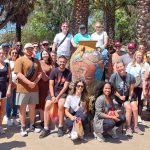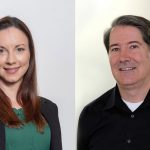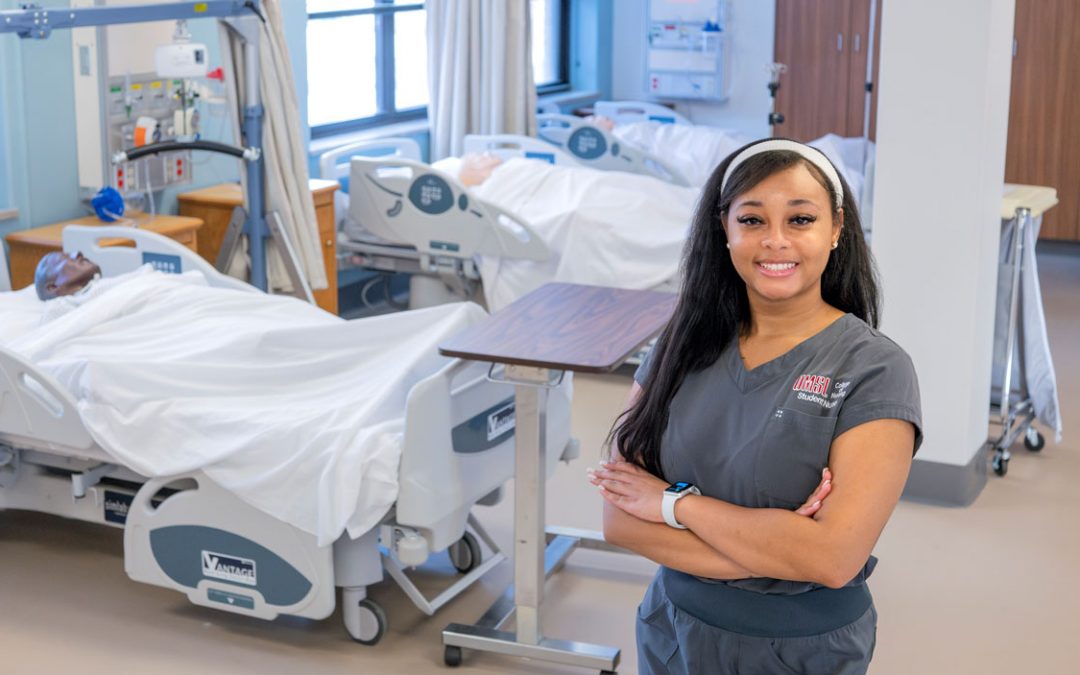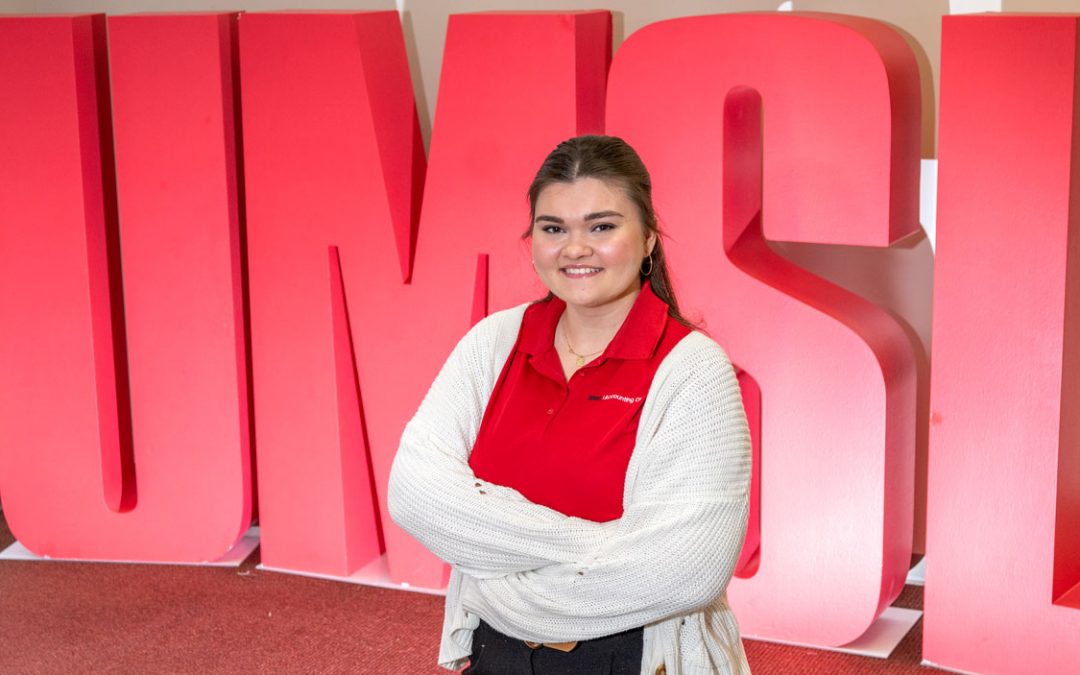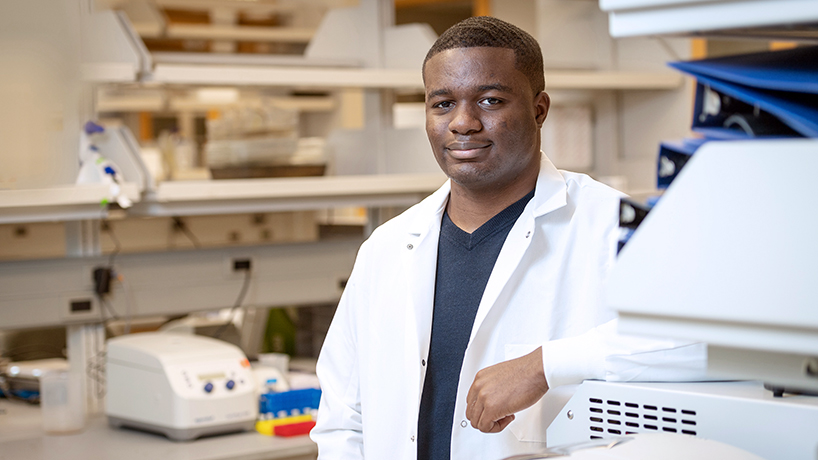
UMSL alumnus Nicholas Glenn started a chemistry PhD program at the University of Michigan in September. (Photo by Scott Soderberg)
Nicholas Glenn grew up surrounded by educators. His mother, grandmother and two aunts had all worked in public schools. Glenn assumed he would follow suit – until he discovered chemistry.
The University of Missouri–St. Louis alumnus started a chemistry doctorate at the University of Michigan this fall and established a new family trade: His younger sister will follow him into chemistry at the University of Missouri–Kansas City.
“I think I was initially fearful of studying chemistry because I was unsure if I would succeed, as it was a different career path than what most of my family had chosen,” he says. “I guess, in a way, seeing me doing well gave my sister the confidence that she could succeed.”
Glenn started his undergraduate work at Lindenwood University in 2013 then transferred to UMSL for the smaller class sizes and less expensive tuition. Once he realized that he could continue his study in a fully funded doctoral program, Glenn focused on that goal.
“At that point, attending graduate school seemed like a realistic option for me,” he says. “So I began looking into different research opportunities.”
While browsing the National Science Foundation website, Glenn discovered Research Experiences for Undergraduates. The 10-week program introduced him to the graduate school environment and workload. He participated in two REUs, one at Michigan and the other at the University of North Carolina. He also studied the bioanalytical applications of nanoporous gold surfaces in Professor Keith Stine’s lab at UMSL.
“I didn’t necessarily feel ready when I applied for my first research experience, but I got comfortable as time went by,” he says. “Most importantly, I felt like it helped me get my foot through the door at an institution I was interested in attending.”
In a Michigan lab, Glenn studied acidic atmospheric particles and their impact on health and the environment while getting a sense of life in Ann Arbor. At UNC, he learned about nitric oxide’s role in wound healing, blood pressure regulation, vasodilation and nerve communications.
“For years, nitric oxide was primarily viewed as a contributing factor to environmental pollutants,” Glenn says. “I remember being intrigued by how such a small molecule has such a huge role in a part of so many major processes.”
Glenn previewed Michigan’s computational lab this summer before beginning school in the fall. He is one of five 2018 UMSL chemistry graduates in doctoral programs across the country. Glenn is interested in bioanalytic research but is open to other options, which fits with his larger interest in the field’s multitudinous possibilities.
“There’s an aspect of chemistry behind everything,” he says. “There’s always something new, whether it’s how to stop a certain disease or environmental issues. You can use it to understand a majority of problems in the world today.”
This story was originally published in the fall 2018 issue of UMSL Magazine. If you have a story idea for UMSL Magazine, email magazine@umsl.edu.







